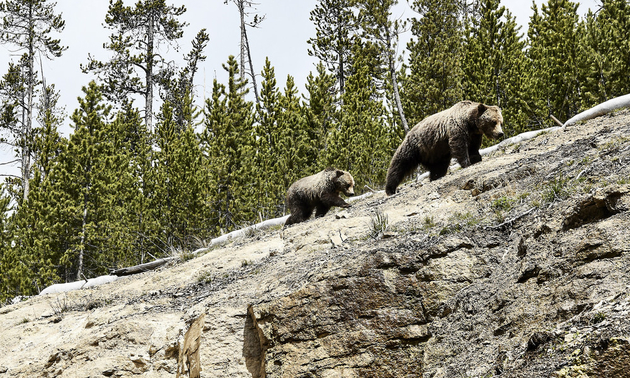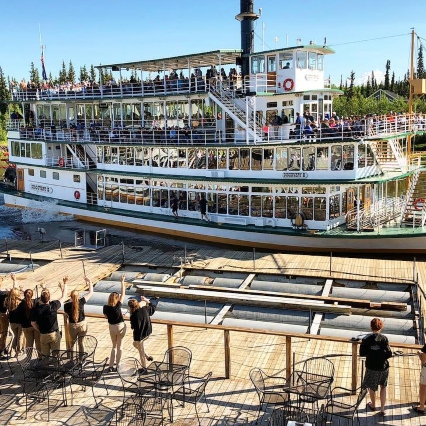Yellowstone still full of hidden treasures 10 years later
Featuring over 10,000 thermal features, Yellowstone National Park is a rare geological place, offering a kaleidoscope of colourful hot springs and more
by
Louise Boyer
—

When my husband and I left Ontario in 2007 for a life of RV travelling, our first visit was to Yellowstone National Park in Wyoming. It has become a magical place for us. Intrepid nature lovers are fascinated by the majestic views, intriguing sounds and unique scents which are almost beyond reckoning in their beauty.
Water is the drawing power
Be it a thundering waterfall, a turbulent river or a quiet stream alongside the road, water defines the scenery. The 1,000-kilometre-long Yellowstone River can be fast and hazardous in places.
There are also the celebrated hot springs, the most abundant and colourful thermal features in the park. They are pools of water heated by the hot magma below. A geyser is a hot spring that periodically erupts, gushing hot water and steam many feet above the ground.
One unforgettable morning, my husband and I were privy to seeing the most elegant creatures drink out of one of the springs: the majestic elk. These tranquil scenes are part of the charm of Yellowstone, since wildlife abounds in the park, especially in the spring. Many animals feed on the spacious meadows, including grizzly bears, but it is the mighty (and dangerous) bison that remain the emblem of local fauna in this national park.
Mammoth Hot Springs is our favourite place. The very rare travertines form spectacular terraces for hot water to spill over. Multicoloured stripes are created by heat-loving bacteria. We realized that here, the scenery changes all the time. At the Minerva terraces, we spent a sublime moment admiring a large formation tumbling down in a cascade that was new to us. The terraces have been deposited by the spring over many years but, due to some recent minor earthquake activity, the spring vent has shifted, rendering the terraces dry.
Orange Mound is one of those fantastic features hidden on a small loop, remotely quiet but for a few curious visitors. The spring from this mound is cooler than other thermal features at Mammoth Terraces, allowing orange-coloured cyanobacteria to prevail. This brilliant colour changes with the flow rate and available sunlight of the seasons. The mound appears as a large cone-shaped hot spring, but it is formed along the break line of a fissure ridge.
The Grand Canyon of the Yellowstone River offers the most stunning views in the park. The wide and deep canyon is 32 kilometres long. You can view the Lower Falls plunging steeply, 95 metres into the canyon from several vantage points in a grandiose setting.
Old Faithful is a must-see destination. This natural wonder erupts approximately every two hours for a few minutes. Its maximum height reaches 56 metres. However, you can be a bit overwhelmed by the crowd that makes it difficult to fully enjoy the geyser.
Planning your visit
With five entrances and over two million acres, you need to plan your trip carefully. A two- to three-day visit will allow for plenty of sightseeing on the Grand Loop, with visitor centres, boardwalks and scenic side roads. In the summer, all major roads are accessible by RV. Summer is also peak time; choose early in June or September to beat the influx of visitors. You can watch this informative 45-minute video.
As we leave this grandiose setting, we stand in awe at all the elements of Yellowstone Park that are evidence of our colossal Earth’s volcanic activity. Do not forget to put this on your bucket list—you won’t regret it!
Louise Boyer is a food and wine journalist and a travel enthusiast living in Lake Country near Kelowna, B.C. She spent the last 10 years RVing with her husband in the United States and Mexico, enjoying each new discovery with much excitement.






